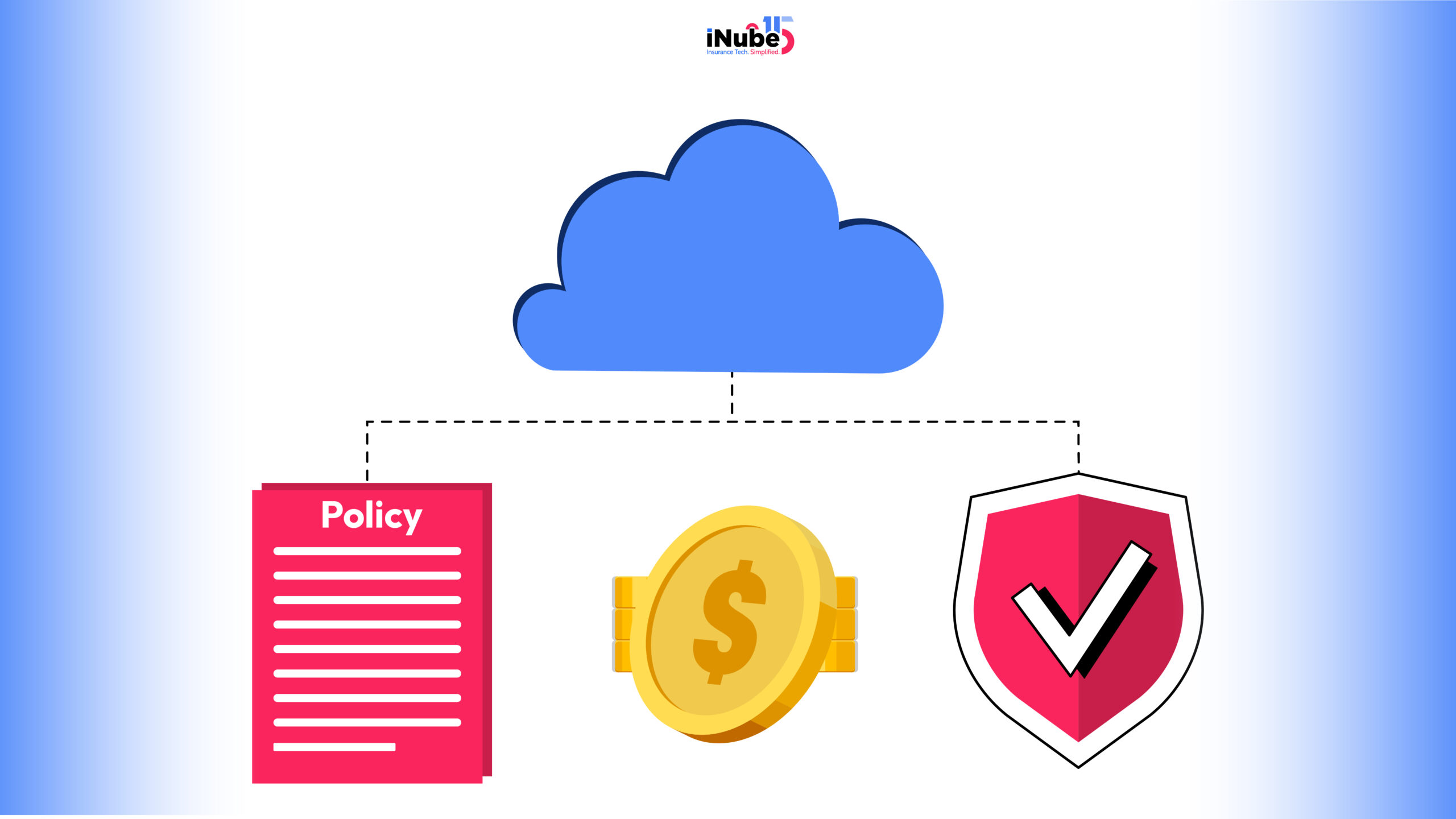One of the most pressing questions that an insurance executive in 2025 needs to ask is- what if everything we have built over the past century is suddenly holding us back?
This is an uncomfortable thought; however, as cloud computing reshapes the insurance landscape of the global business, the insurance industry is finding itself at a crucial point that rivals any transformation that has been experienced since the invention of the actuarial tables.
This is a shift that is not just about technology; instead, it’s about reimagining what is exactly possible when the constraints are being shaped in insurance for generations- this essentially includes physical infrastructure, geographic limitations, processing speeds that are measured in days instead of milliseconds, and then suddenly vanish.
The Reality
With cloud insurance, insurers can manifest double the rate of growth. In one of the recent reports from McKinsey, it has been highlighted that the EBITDA run rate impact of cloud on the insurance sector will reach a whopping $70 billion to $110 billion by the year 2030. Additionally, when this is measured as EBITDA, the impact as a percentage of the 2030 EBITDA, the insurance industry has been ranking as one of the top sectors across all the industries, which were analyzed at 43-70 percent.
Amid this, 90% of insurers use cloud platforms in some capacity, which is a significant increase from 70% in 2018. However, most of them are barely scratching the surface of what is achievable. This disconnect between cloud adoption and cloud value realization has been wider than ever.
What does this mean for the Insurance Industry?
The insurance technology trends in 2025 are bringing to the spotlight something different- As many as 67% of the insurance firms are significantly accelerating their digital transformation initiatives. However, acceleration alone does not guarantee arrival at the right destination.
For instance, take Life insurance, an industry that is specifically built upon long-term relationships, complex actuarial calculations, and the processes that have evolved over more than a century. The traditional Life insurance operations essentially require massive data centers, armies of underwriters who review paper applications, and the customer service models that have assumed business hours and geographic proximity.
The cloud platforms have exceeded these assumptions. However, what is still provocative is that speed is not a real story. The real story is what is essentially possible when the insurance companies stop thinking about cloud as a technology upgrade and start to see it as a business model transformation.
Understanding the Innovation and Rejuvenation Paradox
McKinsey has identified that there are two distinct sources of value from cloud adoption, which are rejuvenation and innovation. Rejuvenation essentially focuses on using the cloud to lower costs and reduce risks across IT and core operations.
Innovation will harness the cloud for accelerating a new revenue stream, faster time to market, and also product development for using advanced analytics, IoT, and automation at scale. Most of the insurers obsess over rejuvenation, and they migrate from applications to the cloud, celebrate the cost savings, and declare victory. However, one paradox that lies is that the value of cloud facilitated innovation dwarfs what is achievable through rejuvenation.
Only the insurers who have led cloud transformation in tandem with technology leaders have essentially captured cloud technology’s full potential. One key difference lies here- the mindset shift of harnessing efficiency, which was not possible before.
What is Holding the Insurers Back?
If the value is so compelling and the technology is so mature, then why would the insurers still undervalue the cloud’s potential?
The answer is not technical; instead, it’s organizational.
Cloud transformations are succeeding when the joint efforts between the business and the IT leaders are made, and not just IT initiatives. However, in most industry organizations, the cloud initiatives remain in IT projects evaluated primarily on the infrastructure efficiency metrics instead of the business transformation outcomes.
The Real Choice Facing the Insurance Leaders
The choice now is not about insurance cloud adoption anymore but about harnessing the complete potential of cloud platforms. If you understand that cloud platforms are about running current operations more efficiently, then you will be capturing the incremental value and watching the competitors transform their business models.

Archismita Mukherjee
Insurance Content Analyst


